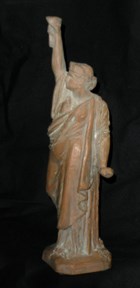
National Park Service, Statue of Liberty NM The museum collection includes Statue of Liberty-related items, beginning with Bartholdi's 1871 Statue of Liberty proposal to the United States, the fundraising events for the original construction in the 1880's, and the 1980's restoration. Reproductions of Bartholdi's study models (maquettes) from the Musee Bartholdi collection are in the museum collection, including a reproduction of Bartholdi's earliest study for the Statue. Some statue in the collection are original items that were manufactured and sold for the purpose of raising money for construction of the Statue. 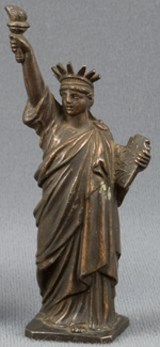
National Park Service, Statue of Liberty NM Beginning in the 1880s, the American Committee of the Statue of Liberty was responsible for raising funds to pay for the construction of the pedestal and installation of the Statue. Joseph Pulitzer, publisher of the newspaper The World, spearheaded the sale of models of the Statue of Liberty to the public through his newspaper. Beginning in 1885, Pulitzer began advertising the sale of these models to be sold to the public in two sizes; a 12-inch model for five dollars and a 6-inch model for one dollar. The museum collection includes several of these original American Committee models. Original letters addressed to Joseph Pulitzer are included in the museum collection and indicate that raising of funds for the construction of the pedestal was not a simple task, as illustrated in the 23 March 1886 letter written by American Committee treasurer Henry Foster Spaulding concerning the dire need for funds to continue the work of constructing the Pedestal. 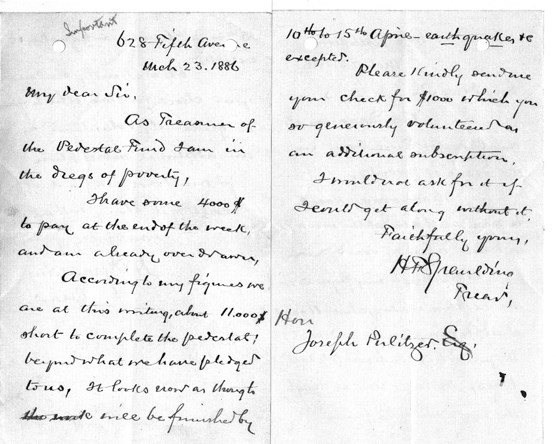
National Park Service, Statue of Liberty NM 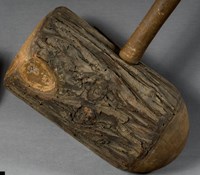
National Park Service, Statue of Liberty NM While under the control of the United States Army in the 1920s, the Statue of Liberty was in need of repair. One of the workers assigned to the project was a craftsman, Kenneth Lynch, who was knowledgeable with repousse techniques. According to Mr. Lynch, he was asked to repair damage to the Statue caused by the Black Tom explosion (created by German saboteurs to a warehouse and pier in New Jersey during World War I). Quartered by the Army in the old barracks on Bedloe's Island. Mr. Lynch and other workmen made the needed repairs. In 1975, Mr. Lynch, now head of his own company, donated the tools used for this repair work: two 6-foot wood hammers for supporting unreachable areas from inside as the rivets were hammered into the copper sheets from the outside. 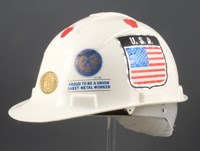
National Park Service, Statue of Liberty NM By the 1980s, a major restoration of the Statue was needed. The restoration involved approximately 1,000 workers from many different trades who proudly displayed their union affiliation and contribution on their clothing and equipment. Some of the workers generously donated their decorative attire to the museum collection. The engineering and architectural work on the 1980s restoration of the Statue is extensively documented and all reports are available for research in the museum archives and library. 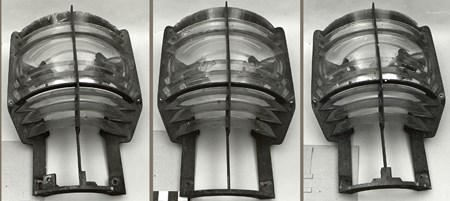
National Park Service, Statue of Liberty NM The 1980s restoration replaced the original cast iron armatures with stainless steel bars and a decision was made to replace the original torch. The newly manufactured torch with copper repousse work and gold gilding on the flame was installed on 25 November 1985. The original torch, with its 250 colored glass plates designed by Gutzon Borglum in 1916 is now on exhibit in the lobby of the pedestal. The lighthouse fresnel lens once used in the torch was removed and is now in museum storage. 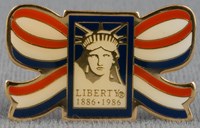
National Park Service, Statue of Liberty NM The task of raising funds for the Statue of Liberty's 1980's restoration was undertaken by the Statue of Liberty-Ellis Island Foundation, a not-for-profit corporation headed by former Chrysler Corporation President Lee Iacocca. As in the 1880's, the sale of Statue of Liberty related items was used to raise funds and many of these items used the Foundation's logo. 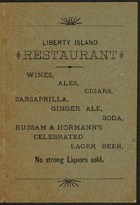
National Park Service, Statue of Liberty NM Other items related to the multiple uses of Liberty (Bedloe) Island over time are a menu used by an early restaurant serving food to visitors and a postcard with an aerial view of the island in the 1930s, documenting the extensive military use of the island as part of the defense of New York Harbor. 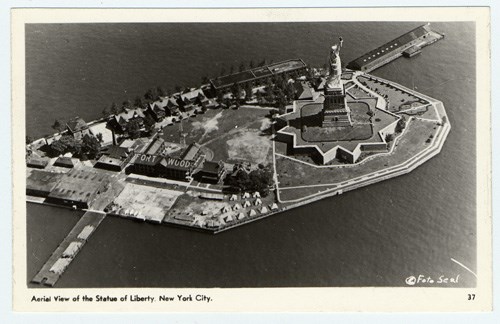
National Park Service, Statue of Liberty NM 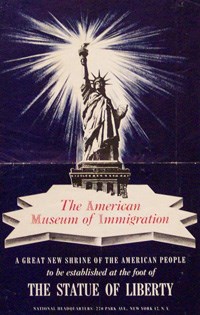
National Park Service, Statue of Liberty NM The military use of Bedloe's Island ended in 1937 when the Department of War turned the island over to the National Park Service. A museum dedicated to the history of immigration to the United States was proposed and built inside the pedestal of the Statue in the 1960s. The completed museum, called the American Museum of Immigration (AMI) opened to the public in 1972 and was administered by NPS curators until 1991 when it closed after the opening of the Ellis Island Immigration Museum. The administrative and business files of AMI and items associated with its development and operation are in the museum archives and collection. The museum objects once exhibited in the AMI are now part of the museum collection and some of these items, such as a wood plate brought by an immigrant from Czechoslovakia, are currently on display in the Ellis Island Immigration Museum. 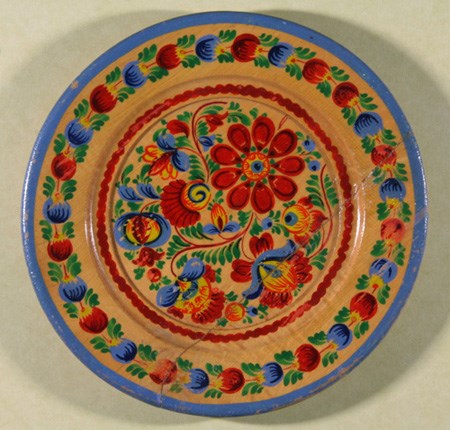
National Park Service, Statue of Liberty NM |
Last updated: February 26, 2015
